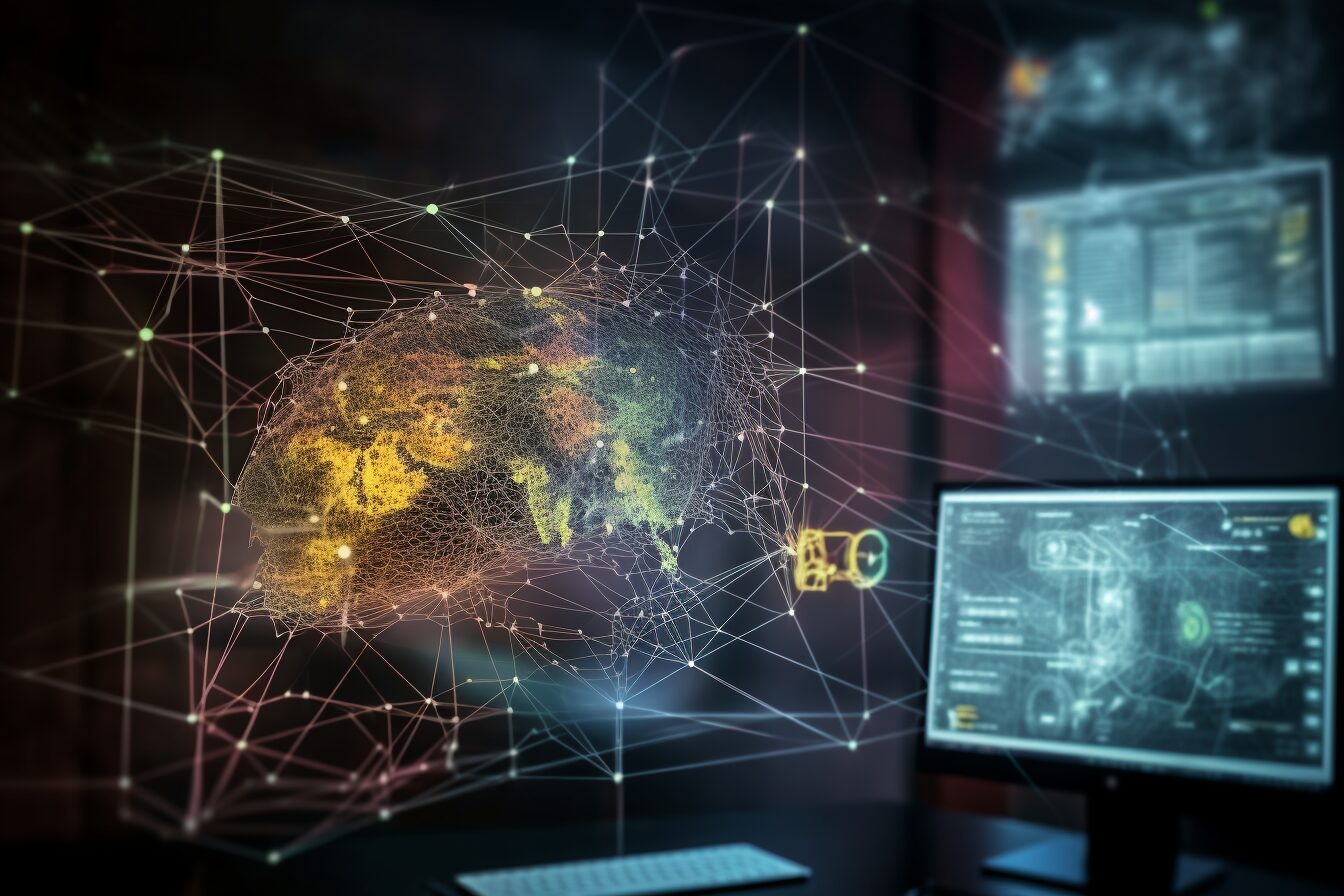What are Large Language Models (LLMs)?
Large Language Models (LLMs) are advanced computer programs designed to understand and communicate like humans. As technology progresses, these models become more sophisticated, developing new skills and abilities that enable them to be more versatile and effective in various tasks.
Why do LLMs Develop New Skills or Abilities?
The development of emerging abilities in LLMs can be attributed to several factors:
Improved Algorithms
Over time, researchers and engineers develop better algorithms for LLMs, enhancing their ability to understand complex language patterns, analyze data, and make predictions. These improvements result in models that are more capable of learning and adapting to various tasks.
Larger Training Data
The growth of digital content provides LLMs with a broader and more diverse range of data to learn from. This data enables them to better understand language, context, and different domains, which in turn allows them to develop new abilities and expertise.
More Powerful Hardware
Advances in computing power and hardware enable LLMs to process larger amounts of data more quickly and efficiently. This increased processing capacity helps the models to learn more effectively and develop new skills.
Transfer Learning
LLMs can benefit from transfer learning, which means they can apply the knowledge and skills learned in one context to other, related tasks. This ability to transfer knowledge enables LLMs to become more versatile and adapt to new challenges.
Fine-tuning and Specialization
As researchers and engineers gain more experience with LLMs, they develop techniques to fine-tune and specialize these models for specific tasks or domains. This process enhances the models’ performance in those areas and leads to the development of new abilities.
Emerging Abilities: Examples and Applications
These emerging abilities are not explicitly pre-programmed but emerge naturally as the models learn from vast datasets. Understanding these emerging abilities and their underlying concepts, such as in-context learning and zero-shot learning, can help us appreciate the true potential of these advanced AI systems.
In-Context Learning
In-context learning refers to the ability of an LLM to learn from examples and context provided within the text it processes. As the model processes and analyzes vast amounts of text, it picks up on patterns, relationships, and context that help it better understand language and perform various tasks.
Zero-Shot Learning
Zero-shot learning is a phenomenon where an LLM can perform a task it hasn’t been explicitly trained for. This is possible because the model has learned to generalize its knowledge from the training data and apply it to new, unseen situations.
Chain of Thought
LLMs have the ability to maintain a chain of thought, allowing them to follow and understand complex ideas or conversations across multiple sentences or paragraphs.
Multi-modal Learning
Multi-modal learning refers to the ability of an LLM to process and understand data from multiple sources or formats, such as text, images, and audio.
Diving Deeper into Emerging Abilities
These emerging abilities are crucial in understanding how LLMs can effectively learn and adapt to a wide range of tasks and challenges. Let’s explore some key concepts that contribute to the development and performance of LLMs:
In-Context Learning
In-context learning enables LLMs to adapt to new situations and challenges without requiring explicit instructions from developers.
Zero-Shot Learning
Zero-shot learning allows LLMs to perform tasks they haven’t been explicitly trained for, making them more versatile and adaptable.
Chain of Thought
The chain of thought ability helps LLMs better comprehend the context and meaning of the text, enabling them to perform tasks like summarization or question-answering more effectively.
Multi-modal Learning
Multi-modal learning enables LLMs to process and understand data from multiple sources or formats, allowing them to integrate different types of information.
Conclusion
Large Language Models develop emerging abilities through a combination of sophisticated algorithms, vast training data, powerful hardware, and specialized techniques. As these models continue to evolve and improve, they become capable of learning and performing a wide range of tasks, often without explicit instruction. These emerging abilities have the potential to revolutionize various industries and applications, making LLMs an essential tool in the rapidly advancing field of artificial intelligence.
References:
- Overview of Transformer models: https://jalammar.github.io/illustrated-transformer/
- Comprehensive Guide to Transfer Learning: https://ruder.io/transfer-learning/
